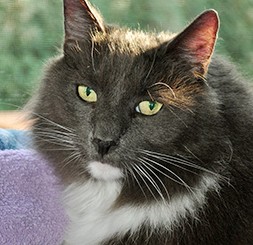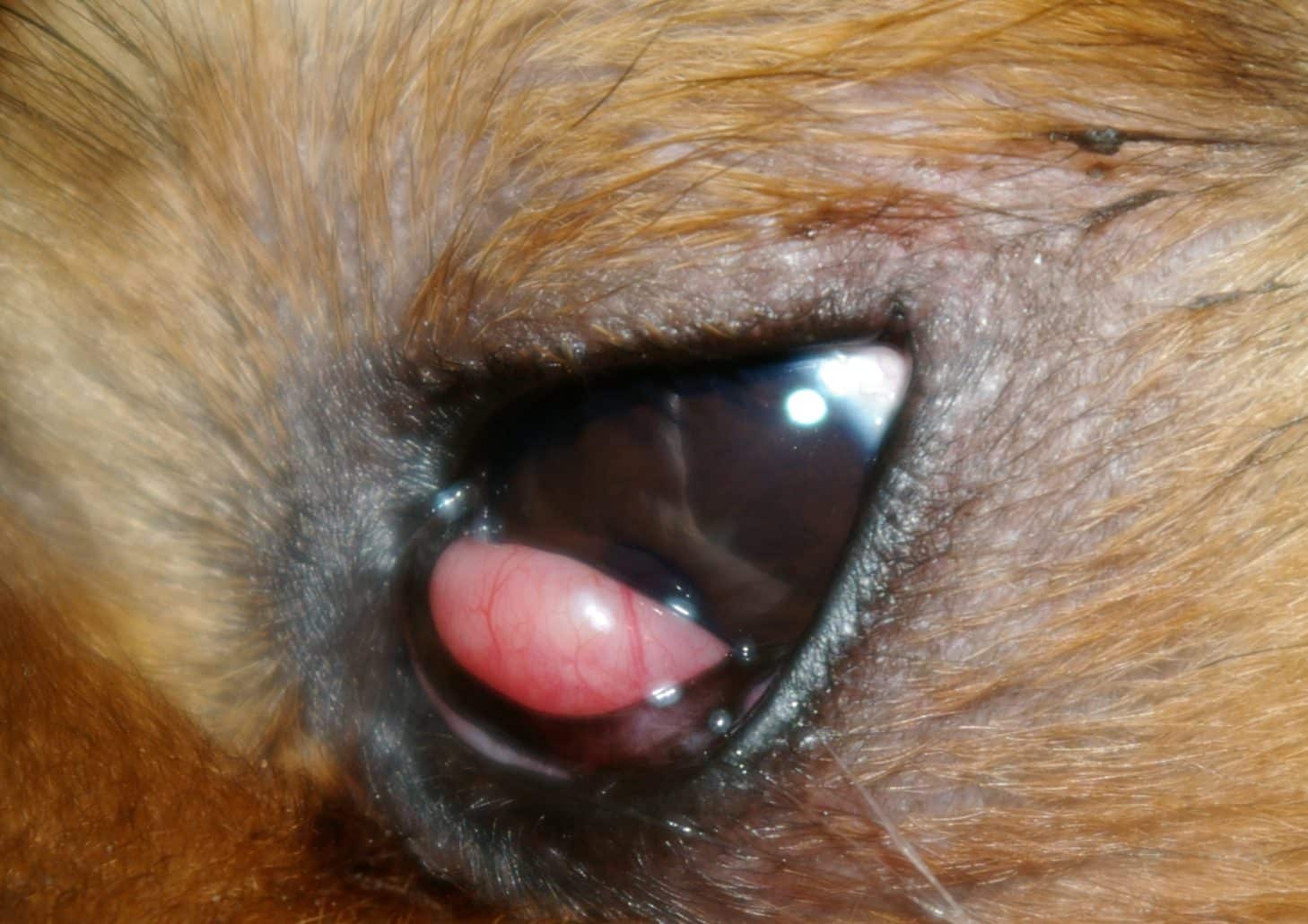cherry eye burmese cats
Chronic Bronchitis in Dogs is Neither Infectious nor Contagious. Its also seen sometimes in certain cat breeds including the Burmese.
We carefully screen applicants before you meet them ensuring the safety of your dog.
. Even alley cats in Alice Springs. Treatment involves surgical replacement of the third eyelid gland. However it is not known whether the condition is inherited.
To treat the condition as soon as possible in. Most cherry eyes require surgery to fix them. The Burmese is also susceptible to cherry eye and dry eye.
These breeds are affected due to their facial confirmation shape and short muzzle. Burmese and Persian cats are also reported to have cherry eye What is the treatment of cherry eye. Cherry Eye.
Several breeds of dogs are more commonly affected including the English Bulldog Cocker Spaniel Lhasa Apso and Shar Pei. This prolapsed lacrimal tear gland is commonly referred to as cherry eye. Cherry eye This condition looks quite alarming but is in fact quite painless.
The problem is seen primarily in young dogs including the Cocker Spaniel Lhasa Apso Shih-Tzu Poodle Beagle and Bulldog. It may also look wateryteary and in some cases may have discharge similar to pus or mucus. Chronic Bronchitis in Dogs.
Making homemade eye drop with tea. Cherry eye is most commonly associated with a congenital weakness of the glands attachment in the cats eye. Chronic Kidney Disease in Dogs and Cats.
Cherry eye is an uncommon occurrence in the cat. This is called prolapse of the nictitating membrane or cherry eye. Some breeds of dogs are more predisposed to developing cherry eye such as American Cocker Spaniels Beagles Basset Hounds Lhasa Apsos English Bulldogs the Chinese Shar-pei and Newfoundlands as are Burmese cats.
May later have a prolapse in the opposite eye. Causes of Cherry Eye. It is also seen in Burmese cats.
A pink or red fleshy protrusion coming from the inner corner of a cats eye is most likely a cherry eye. The most common breed affected among cats is the Burmese. Cherry eye in cats is usually a condition that is easy to spot.
Cleft Palate or Lip in Puppies and Kittens. As alarming as cherry eye looks its reassuring to know this isnt a tumor or cancerous growth. Cherry eye occurs when the third eyelid pops out and it is treated with surgery.
Cherry eye is a condition usually seen in young dogs and usually pedigrees- in such breeds as- Cocker Spaniels Lhasa Apsos Shih-Tzus Poodles Beagles Bulldogs and Neopolitan Mastifs. Although this weakness may be a heritable condition Burmese cats predisposed the inheritance pattern is unknown. With cherry eye this third eyelid shifts out of its normal position and becomes swollen and inflamed resembling a cherryhence the name.
The breeds most commonly affected include cocker spaniels bulldogs Boston terriers beagles bloodhounds Lhasa Apsos Shih Tzus and other brachycephalic breeds dogs with squished faces and short limbs. A weakness of the ligamentous attachment of the gland of the third eyelid is believed to be the most common cause in the cat. Burmese and Persian cats are also reported to have cherry eye What is the treatment of cherry eye.
The third eyelid contains a gland that can become swollen and look like a round protrusion from the inner corner of the eye. Cherry eye is a disorder of the nictitating membrane NM also called the third eyelid present in the eyes of dogs and cats. It seems to be most common in those cats with short faces and large prominent eyes.
It is relatively uncommon in most cats but common in Burmese cats. Cats rarely develop cherry eye but it has been seen more in Burmese and Persian cats. The third eyelid in a cat functions the same as in a dog keeping the windshield clean.
It can occur in both of the cats eyes or just in one. Dry eye can be harder to treat and if there is no underlying infection to be treated may require drops on a regular basis to maintain moisture in the eye. It may occur in one or both eyes.
Cherry Eye in Dogs and Cats. It is not something that is caused by disease or injury but is rather a result of the structure of the face and eyes. Cherry eye often affects both eyes although the second gland may prolapse months after the first.
However it is not assumed that the disease is a genetic disorder. An oval mass that is reddishpink or cherry-like protrudes from the inner corner of the cats eye. Surgery is the treatment for cherry eye.
However it only appears in time of serious stress or illness. It is often described as a pink bubble or swelling and may be large enough to block part of a cats eye. Many mammals including dogs have an extra or third eyelid located inside the lower eyelid.
Burmese and Persian cats are also reported to have cherry eye. Cherry eye in cats is rare but Burmese and Persian breeds may be slightly more susceptible than other breeds. While this medical condition can occur in any breed it.
It is important to treat the condition as soon as possible in order to minimize permanent damage to the eye or third eyelid gland. More than 70 of the cats seen in Egyptian royal tombs are tuxedo cats. If this type of surgery doesnt solve the problem the gland may need to.
Treatment involves surgical replacement of the third eyelid gland Treatment involves surgical replacement of the third eyelid gland. The Cherry Eye may also occur in cats although it is much less likely. Nictitating membranes are found in.
Cherry eye is treated. It typically develops during the first year of life. Cherry Eye Is Not a Cancer or Growth.
However the inflamed sensitive tissue of the gland are likely to cause the pet a great deal of discomfort. Its merely a normal tear gland sitting in the wrong place which is then exposed to the air and becomes angry-looking as a result. Causes cherry eye is most commonly associated with a congenital weakness of the glands attachment in the cats eye.
In many cases the prolapsed gland is placed back into the correct position with sutures ie. Also take note of the food that your cat is eating. Cherry Eye No i will not fix this.
The Burmese cat is the breed most often affected by this. If the third eyelid appears and stays around for a few days please take your cat to the vet even if the cat does not appear to be ill. Signs of Cherry Eye in Cats.
Chylothorax is more Common in Cats than Dogs. What is the treatment of cherry eye. Cherry-eye is a physical condition that is quite common in dogs but appears to be unique to Burmese and Burmese cross cats.
What causes a gland prolapse. Prolapse of the third eyelid gland is not life threatening condition many patients endure it for months or even years before the proper treatment. It is occasionally seen in Burmese cats.
Cherry eye is more common in boxers bulldogs beagles basset hounds pugs boston terriers and cocker spaniels to name a few. Cats rarely develop cherry eye but it has been seen more in Burmese and Bombay cats. Cherry eye can affect one or both eyes.

My Dog Has What Looks Like A Red Cherry Stuck In The Corner Of Its Eye Birnam Veterinary Clinic
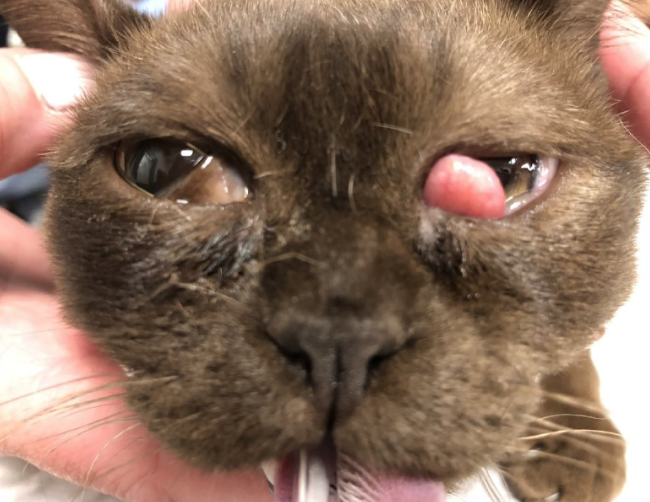
Image Quiz Can You Name These Ophthalmic Conditions Dvm360
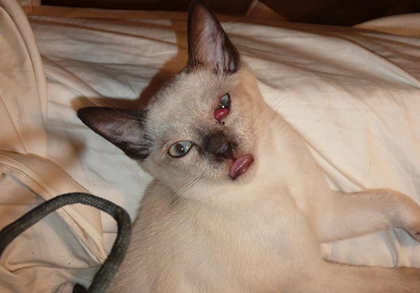
Eye Conditions The Animal Medical Center
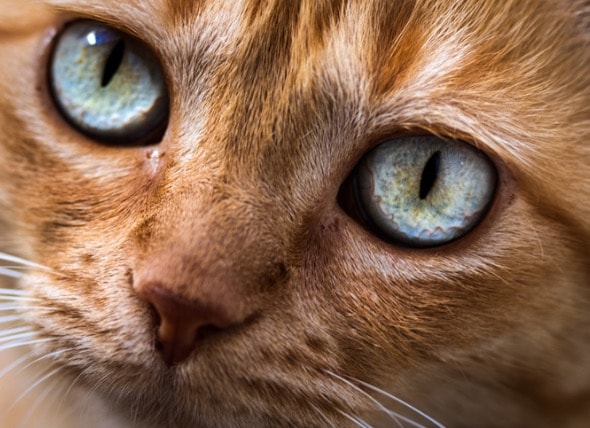
Eyelid Protrusion Cherry Eye In Cats Petmd
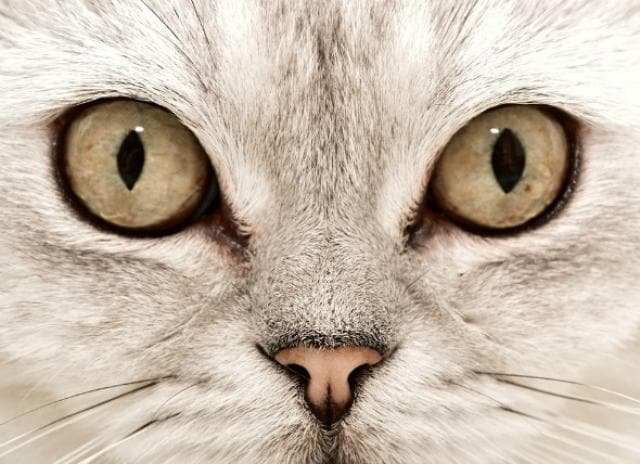
Eyelid Protrusion Cherry Eye In Cats Petmd

Cherry Ridge Veterinary Clinic Veterinarian In Honesdale Pa Usa Cherry Eye Repair
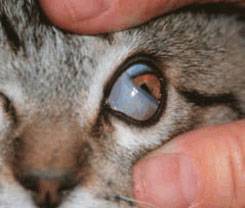
Cherry Eye In Dogs And Cats Veterinary Partner Vin
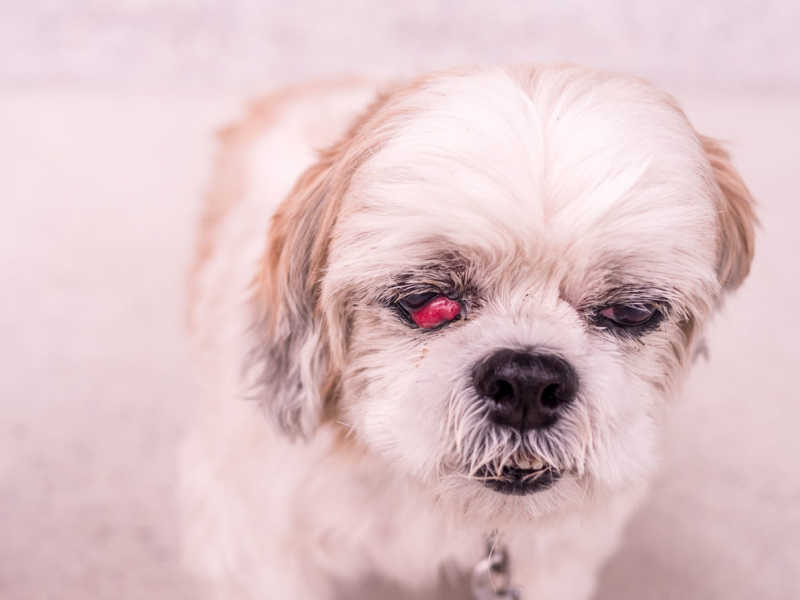
Cherry Eye In Dogs Small Door Veterinary
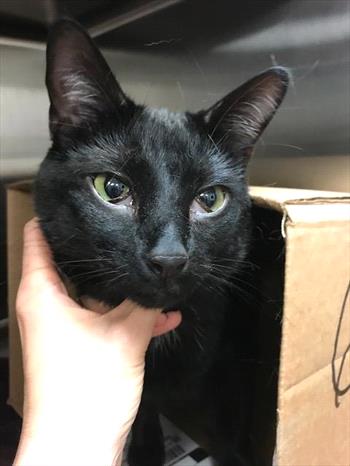
Haws Syndrome In Cats Veterinary Partner Vin

Three Cases Of Prolapse Of The Nictitans Gland In Cats Chahory 2004 Veterinary Ophthalmology Wiley Online Library

The Vet Nerd Cherry Eye Protrusion Of The Third Eyelid Gland Also Known As Cherry Eye Is An Ocular Problem We See In Both Dogs And Cats Less
